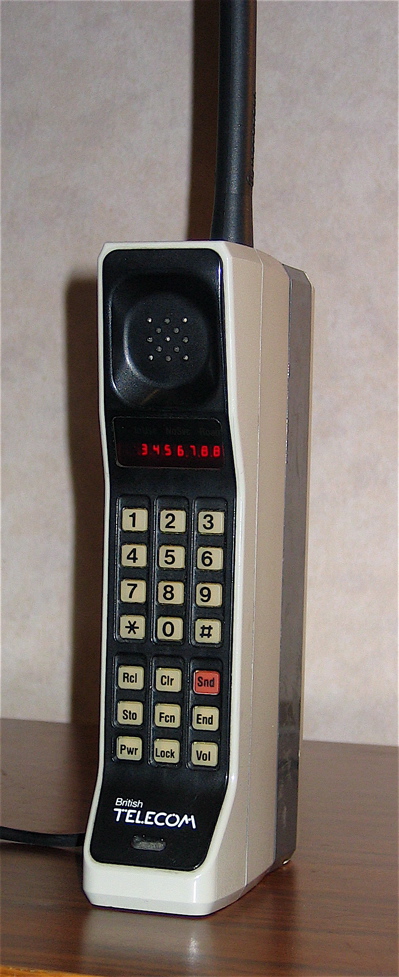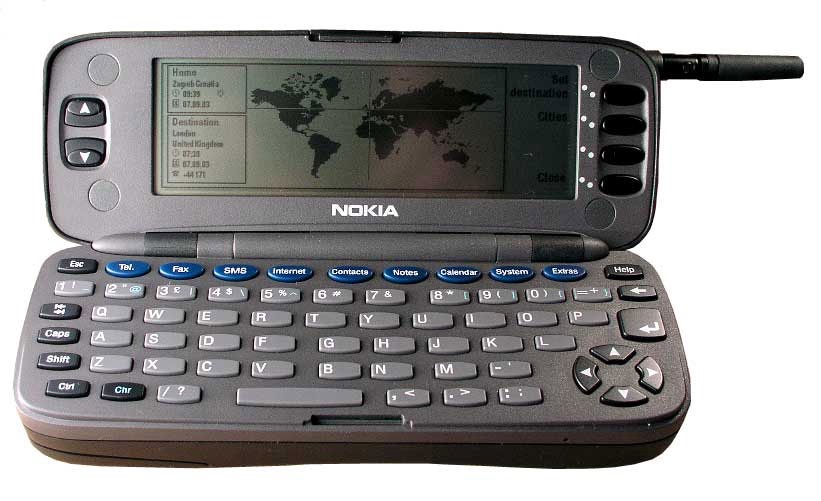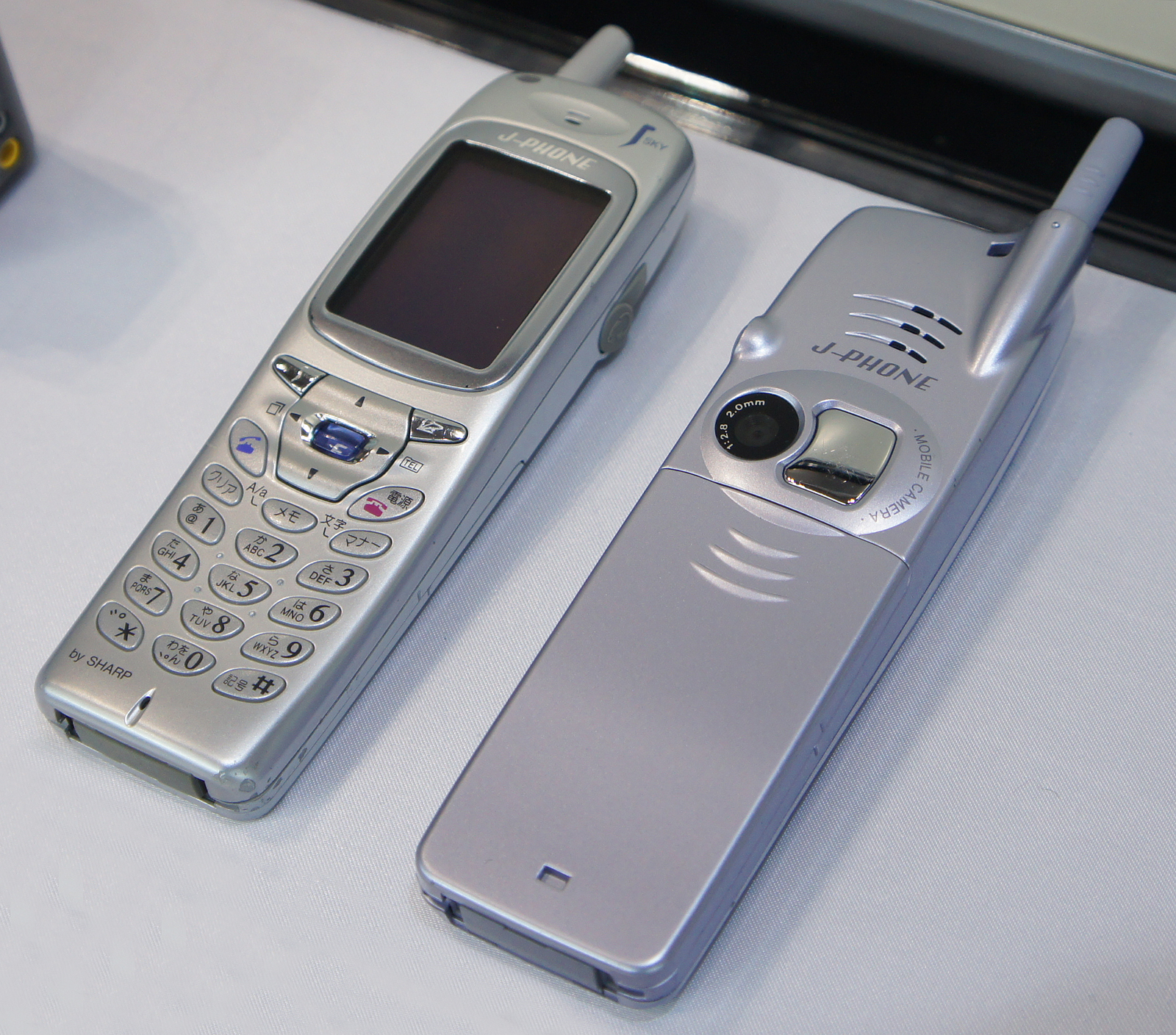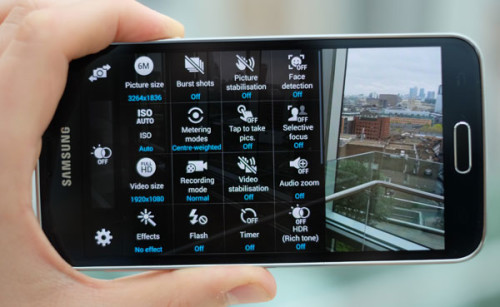 The very initial concept of a wireless device for communication was tossed in the mid-1970’s and the first functional mobile phone came into existence in the year 1973 in the form of a prototype named DynaTAC from Motorola. Those large, bulky, and comically expensive hand-held devices did nothing but the basic task of connecting distant people. However, with the passing time, the size and cost factors have been facing a downward inclination with burgeoning technology.
The very initial concept of a wireless device for communication was tossed in the mid-1970’s and the first functional mobile phone came into existence in the year 1973 in the form of a prototype named DynaTAC from Motorola. Those large, bulky, and comically expensive hand-held devices did nothing but the basic task of connecting distant people. However, with the passing time, the size and cost factors have been facing a downward inclination with burgeoning technology.
Ever since the advent of mobile phones, the technology has taken tremendous leaps and bounds to reach the present day’s state and structure. The evolution of mobile phones is by far one of the fastest iterative advancements that mankind has ever witnessed. The growing necessity and expectations of users aided the evolution of smartphone from a basic mobile. As a result, we are now experiencing a whole new level of technological advancements in the form of a pocketable smartphone.
Currently, smartphones are slim, stylish, and are very easy to carry around. More importantly, these devices are now highly productive and versatile.
Let’s have a short glance at the evolution of a mobile phone in terms of the features it offers. Mobile phones have witnessed whopping advancements in connectivity, multimedia, security, productivity, and gaming ever since their inception.
Connectivity
When mobile phones were first introduced, they did the basic task of connecting people over voice calls, which had its own restrictions. That said, connectivity was then restricted only to certain areas. Thanks to the growing demand for these devices, the area of network expanded, and accordingly, connectivity options started blossoming.
Apart from the enhancements in voice quality, additional external technological advancements such as the use of Internet started shaping further communications on mobiles. Previously, the handset supported either voice calls or connectivity to the Internet but not both simultaneously. However, with the increasing bandwidth support of mobile technology, Voice Over LTE has started emerging to support voice calls without interrupting a constant Internet connectivity.
As far as connectivity standards are concerned, we have witnessed a rapid shift starting from the very basic 1G, which was the first generation of wireless telecommunication technology to the present day’s 4G LTE network, which can support a peak data transfer rate of 1GBit/second.
Apart from Internet and voice calls, smartphones now support various other connectivity standards, including the WiFi, GPS, infrared, Bluetooth, and more.
Multimedia
Although this feature wasn’t even conceptualized in the early stages of mobile development, it has now emerged as an important aspect of the mobile experience. We are pretty much sure that all the users are reading this article on coloured displays, be it your mobile, tablet, laptop, or the PC. Either way, the present generation’s electronic screens can produce millions of colours without fail. To the contrary, things were not as colourful back in the early days of mobile as they are now. The race to acquire the present day’s display panels started with a monochrome display, which was a blend of strictly two colours usually consisting of a soothing green backlight.
The era of monochrome displays ended with the Siemens S10 mobile, which was launched back in 1998 with the first coloured display panel that contained four colours: red, green, white, and blue. Since then, many mobile manufacturers came up with their own models with coloured displays, gradually increasing the number of supported colours and improving the resolution.

Thanks to this foundation, most of us now pocket a device which has a resolution that is higher than a traditional television. A mobile device’s path started with monochrome LCD and evolved to Matrix LCD, TFT LCD, Super LCD, OLED, AMOLED, Super AMOLED, and the currently trending Super AMOLED Plus or the Advanced HD. Accordingly, screen resolutions have been upscaling with improving display panels.
As a result, a typical smartphone can now handle a wide colour gamut to handle images and videos with ease. Accordingly, specially integrated hardware parts are being developed to complement these audio/video functionality of smartphones. In-cell display technology for display, Dolby high-definition standards for audio, and powerful codecs to handle high-resolution videos are being integrated into currently prevailing smartphones.
Moreover, Virtual Reality has now started to complement the wing of multimedia in terms of watching videos, playing games, and experiencing and understanding the virtual environment. We are sure there’s more to come to witness the upcoming fruits of technology in the mobile arena.
Security
With productivity improvements in smartphones, more and more secure and private data is being stored and transferred via mobiles. Security methodologies for mobiles started to emerge nearly a decade ago starting with PIN/password protection, and since then, levels of security have vastly improved with emerging technology.
In earlier days, devices were secured from PIN/passwords to prevent unauthorised usage. Security methods have undergone a series of improvements which include alphanumeric passwords, pattern unlocking, facial recognition unlocking, and now, the well-renowned fingerprint based unlocking. All the aforementioned methods are to protect the data or information within the device. However, growing technology also laid the foundation for cybercrime, which has resulted in intruders getting into the device remotely. This paved a way for advanced cyber threats, resulting in requirements for better security standards.
Authentication and authorisation are terms tossed to overcome the attacks based on SMS/MMS, calls, Internet connectivity over WiFi, and Bluetooth. As a countermeasure, multi-factor authentication, restriction to certain aspects of a mobile, third-party security software, and network surveillance came into existence.
Currently, mobiles have taken a “smart” form and security measures are being implemented into the operating system and the executing environment levels to make handsets resistant to intruder attacks.
Productivity
Primarily developed for connectivity intent, mobiles now play a vital role in productivity and profitability to meet growing business and technological demands.
Productivity is now an integrated feature in almost all mobile devices. The ability of a handset to carry out tasks such as creating a document, editing it, remotely sharing the files over a network, and many more constitutes to the productivity of that particular handset. Productivity in mobiles was first unveiled through the Blackberry in early 1990s in the form of Blackberry 850, which was two-way pager to share e-mails across the other devices. However, it was the Nokia 9000 Communicator, which made creating, editing, and sharing of emails and documents easy. The device is also well-renowned for bearing the world’s first QWERTY keypad.

Later, mobile phones began to take an integrated form of laptops and handheld PDAs in terms of productivity. They now consist of almost all the features one would expect from a laptop.
Some of the most commonly used productive features of a mobile include email, banking, ticketing, brokerage, marketing solutions, document editing, GPS tracking, information services, and image/video editing.
Regardless of productivity tactics which differ from one person to another, a smart mobile device can handle almost all of the aforementioned aspects with ease.
Imaging
Capturing images using a mobile phone was first invented by Sharp corporation in the year 2000. Dubbed as the J-Phone SH04, the first camera-enabled mobile came with an 110,000-pixels CMOS camera and was available only in Japan. Since then, the prominence of imaging using a mobile started to spread rapidly.

Starting with the first 0.11-megapixel CMOS sensor, camera modules on mobiles started to improve and have now achieved a stable state, where a mobile phone’s camera is no less than a digital camera in any manner with pixel count getting bigger but equipped hardware getting smaller yet smarter. Apart from the improving megapixel count, the cameras in mobile phones started inheriting a lot of other features from digital cameras and have now reached the potential to possibly replace digital cameras.
Moreover, these pocketable devices also let the user share captured images on the go. Thanks to the advancements in wireless technologies and social media fever, a present day mobile can now click and transfer an image to broadcast to friends and family in no time.

With these technical advancements, mobile photography started emerging. The cameras on mobiles can not only capture images but can also record videos in various resolutions. In the beginning, video capture supported a very basic VGA quality, and yet today, they’ve met the current 4K standards. Various other supporting technologies, such as optical image stabilisation, electronic image stabilisation, auto focusing systems, and LED flash to compliment low-light imaging, have started backing mobile photography.
Although the evolution of a 0.11-megapixel camera to the current state of using over 20-megapixels in a mobile camera have involved several hurdles in its way, we have achieved a lot in quite a little time. That said, the evolution of mobile phones is a never pending process.
Gaming
Tetris was the first game appeared that in a mobile phone in the year 1994. But the mobile phone gaming didn’t really take off until Nokia introduced the veteran Snake game in their mobile phones. Appearing first in the year 1997, Snake marked the beginning of mobile gaming.

Since then, most mobile phone vendors started implementing gaming on their handsets. Soon after this, in 1999, NTT DoCoMo’s i-mode platform introduced the first downloadable mobile games. Within a year, these games were available to download wirelessly in most parts of Asia, North America, and Europe.
Mobile phone games were being developed for various platforms including PalmOS, Symbian, Adobe Flash, NTT DoCoMo’s i-mode, Java ME, and the Nook. However, with passing time, most of the aforementioned platforms have been overshadowed by modern platforms, including Google’s Android, Apple’s iOS, and Microsoft Windows.
Today, mobile gaming is worth more than $25 billion, which contributes to around 17% of the entire gaming revenue worldwide. Moreover, manufacturers are now coming forward with more powerful integrated chipsets and processors to house graphic-intensive games. With GPUs getting more and more powerful in mobile devices, the gaming experience is getting better. Thanks to VR gear, gaming on mobiles is now even better and more powerful to provide an uninterrupted gaming experience.
Apart from the above-mentioned aspects, there are several other minor areas wherein mobiles have been through drastic technological advancements. At this pace, the future of mobile phones is completely unpredictable. Nevertheless, advancements in the technology have always ameliorated our lives.
Photo credits: Redrum0486, Mobile Industry Review, AllAboutSymbian, VulcanPost, Morio, and 1msry.com




Very Informatic Review. Can be used by growing children for their Projects and other Techies Lovers. As I am one them. 🙂
Love that Snake game in “nokia” . That was still my favourite game and also i’ve never seen first QWERTY keypad phone from nokia . Thanks for the article.
very good review sir, very informative, it helps me a lot . thank you